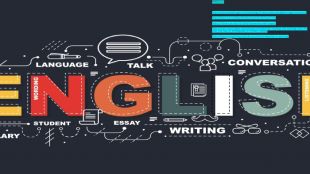Modern creative tools of teaching English using digital media images
Про матеріал
Modern creative tools of teaching English using digital media images
для використання діджитал гаджетів, що допомагають вчителям проводити уроки цікаво та креативно
Перегляд файлу
Зміст слайдів
pptx
Оцінка розробки

Безкоштовний сертифікат
про публікацію авторської розробки
про публікацію авторської розробки
Щоб отримати, додайте розробку
Додати розробку


















